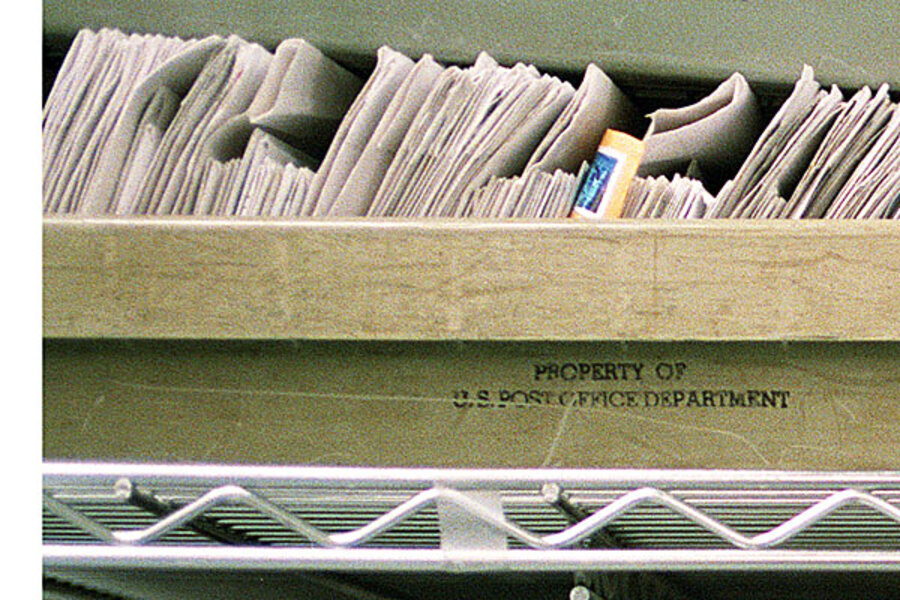Eight in ten U.S. households pay Social Security and Medicare taxes
Loading...
While relatively few low-income people pay federal income tax, a large and growing share owe Social Security and Medicare payroll taxes, according to new estimates by the Tax Policy Center. As a result, while about 43 percent of all households will pay no federal income tax this year, only 14 percent will pay neither income nor payroll tax.
Once household income reaches $100,000, just about everyone pays both. But the story is more complex for those at the lower end of the economic food chain. Despite the oversimplified and inaccurate claims of some commentators, most low- and moderate-income households do pay Social Security and Medicare taxes, and the vast majority pay more in payroll tax than in income tax.
Nearly 63 percent of households in the lowest 20 percent of income (those making less than about $23,500) will pay some Medicare and Social Security taxes in 2013.
Many of those who don’t are the low-income elderly. Because they do not work, they pay no payroll taxes. And because their incomes are so low—often only Social Security benefits—they pay no income tax.
My TPC colleague Amanda Eng estimates that among the elderly in the bottom 20 percent of income just 5 percent will pay payroll taxes and less than 1 percent will pay income tax. By contrast, among households with no members 65 and older, more than 8 in 10 will owe payroll tax while just 6 percent pay income tax.
Among all taxpayers in the middle 20 percent (between about $45,000 and $76,000) more than 85 percent will pay Social Security and Medicare taxes this year while 72 percent will pay federal income tax. Even among middle-income households, more than eight in ten will pay more payroll tax than federal income tax.
TPC also looked at who will pay payroll and income tax in 2023. A decade from now, a significantly larger share of low-income households will pay both levies. Among those in the lowest 20 percent of income, 72 percent will owe payroll taxes, up from 63 percent today. And 20 percent will pay income tax, up from 13 percent today.
Interestingly, while a greater share of middle-income households will owe federal income tax (86 percent v. 72 percent), slightly fewer will be paying payroll tax (82 percent v. 86 percent).
Overall, 80 percent of households will pay Social Security and Medicare taxes while 65 percent will pay income taxes. Two out of every three will pay more payroll tax than income tax. TPC includes the employer share of payroll taxes in its estimates.
The rising percentage of taxpayers a decade from now will largely be driven by an improving economy that returns to full-employment and the scheduled expiration of the relatively generous versions of the Earned Income Tax Credit and the American Opportunity Tax Credit.
The message from all this is pretty clear: It is simply not true that more than 40 percent of U.S. households pay no taxes, or even no federal taxes. While many may not pay federal income tax this year, 80 percent will pay Social Security and Medicare taxes. They do indeed, as the phrase goes, have skin in the game.







